The main vitamins currently discovered in medicine include:
1. Fat-soluble vitamins
Vitamin A (retinol), vitamin D (calciferol), vitamin E (tocopherol), vitamin K (hemostatic vitamin).
2. Water-soluble vitamins
Vitamin B1 (thiamine), vitamin B2 (riboflavin), vitamin B3 (vitamin PP, niacin), vitamin B5 (pantothenic acid), vitamin B6 (pyridoxine), vitamin B12 (cobalamin), vitamin B13 (Lactic acid serum), Vitamin B15 (Panine), Vitamin B17 (Amygdalin), Para-aminobenzoic acid, Inositol, Vitamin C (Ascorbic acid), Vitamin P (Limonin), Folic acid (Vitamin M, Vitamin B11) , Vitamin T, Vitamin U.
A brief introduction to various vitamins, their roles and functions, deficiencies and their main sources in food.
Vitamin A (Retinol) – More Introduction
Role and function: It is related to vision, and can maintain the normal function of mucous membranes and regulate skin condition. Helps human body growth and tissue repair, is important for eye care, resists bacteria and avoids infection, protects epithelial tissue health, and promotes bone and tooth development.
Deficiency symptoms: night blindness, dry eyeballs, dry and itchy skin.
Main food sources: carrots, green leafy vegetables, egg yolks and liver.
Vitamin B1 (Thiamine) – More Introduction
Role and function: Strengthens the nervous system and ensures normal heart activity. Promote carbohydrate metabolism, maintain nervous system health, stabilize appetite, stimulate growth and maintain good muscle condition.
Deficiency symptoms: depression, gastrointestinal discomfort, numbness in hands and feet, beriberi.
Key food sources: Brown rice, beans, milk, poultry.
Vitamin B2 (riboflavin) – more introduction
Function: Maintain eye vision, prevent white miasma, and maintain the health of oral and digestive tract mucous membranes. Promote the metabolism of carbohydrates, fats and proteins, help form antibodies and red blood cells, and maintain cellular respiration.
Deficiency symptoms: cracks and ulcers at the corners of the mouth, inflammation of the oral mucosa, and easy eye fatigue.
Main food sources: animal liver, lean meat, yeast, soybeans, rice bran and green leafy vegetables.
Vitamin B3 (nicotinic acid) (nicotinic acid, nicotinic acid) - more introduction
Role and function: Keep skin healthy and promote blood circulation, helping the nervous system to work normally. Strengthens the digestive system, helps skin health and beauty, improves migraines, high blood pressure, diarrhea, accelerates blood circulation, treats aphtha, eliminates bad breath, and reduces cholesterol.
Deficiency Symptoms: Headache, fatigue, vomiting, muscle aches.
Main food sources: green leafy vegetables, kidney, liver, eggs, etc.
Vitamin B4 (Choline) – More Introduction
Effects and functions: Prevent fatty liver, play an important role in the transmission of nerve impulses, and prevent memory loss in old age.
Deficiency syndrome: animal fat metabolism disorder, which causes fat to be deposited in cells, hepatic steatosis, fatty infiltration in the liver (fatty liver syndrome), growth retardation, bone and joint deformation, and increased mortality. It can cause liver cirrhosis, degeneration of liver fat, arteriosclerosis, and may also cause Alzheimer's disease.
Main food sources: eggs, animal brains, animal hearts and livers, green leafy vegetables, brewer's yeast, malt, soy lecithin.
Vitamin B5 (pantothenic acid) – more introduction
Role and function: Create antibodies, enhance immunity, assist carbohydrates, fats and proteins to produce human energy. Accelerates wound healing, builds the body's antibodies to prevent bacterial infections, treats post-operative tremors, and prevents fatigue.
Deficiency symptoms: mouth sores, memory loss, insomnia, diarrhea, fatigue, low blood sugar, etc.
Main food sources: brown rice, liver, eggs, meat.
Vitamin B6 (pyridoxine) – more introduction
Role and function: Keep the physical and mental systems working normally, maintain the balance of sodium and potassium in the body, and produce red blood cells. Regulates body fluids, promotes normal function of the nervous and skeletal muscle systems, and is a natural diuretic.
Deficiency symptoms: anemia, cramps, headache, vomiting, acne.
Main food sources: lean meat, nuts, brown rice, green leafy vegetables, bananas.
Vitamin B11 (folic acid) – more introduction
Role and function: Produce red blood cells and white blood cells, enhance immunity.
Deficiency symptoms: red and swollen tongue, anemia, indigestion, fatigue, hair whitening, memory loss.
Main food sources: vegetables, meat, yeast, etc.
Vitamin B12 (cobalamin) – more introduction
Role and function: Produce and renew red blood cells in the body, prevent anemia, contribute to the development and growth of children, maintain a healthy nervous system, reduce allergic symptoms, improve memory and body balance.
Deficiency symptoms: fatigue, mental depression, memory loss, pernicious anemia.
Main food sources: liver, meat, eggs, fish, milk.
Vitamin B13 (lactic acid serum) - more introduction
Helps in the metabolism of vitamin B and can be metabolized together with vitamin B12 and folic acid, which is important for cell recovery and repair.
Vitamin B15 (Panine) – More Introduction
Rule out hypoxia, which is a lack of oxygen in tissues, especially the heart and other muscles. It can promote protein metabolism and stimulate the activity of the glandular nervous system.
Vitamin B17 (Amygdalin) – more introduction
It has the effect of preventing and curing cancer. Because vitamin B17 contains "cyan" molecules, when normal cells absorb B17. they will decompose the "cyan" poison and excrete it in the urine. However, cancer cells cannot decompose "cyan" and are attacked.
Vitamin C (ascorbic acid) – more information
Role and function: Fights free radicals, helps prevent cancer; lowers cholesterol, strengthens the body's immunity, and prevents scurvy.
Deficiency symptoms: bleeding gums, tooth loss; fragile capillaries, slow wound healing, subcutaneous bleeding, etc.
Main food sources: fruits (especially oranges), green vegetables, tomatoes, potatoes, etc.
Vitamin D (calciferol) – more information
Role and function: Assists in the transport of calcium ions and helps children's tooth and bone development; supplements the calcium needed for adult bones and prevents osteoporosis.
Deficiency symptoms: rickets, loss of appetite, diarrhea, etc. in children.
Main food sources: cod liver oil, dairy products, eggs.
Vitamin E (tocopherol) – more information
Role and function: Antioxidant, helpful in preventing cancer; related to fertility.
Deficiency symptoms: destruction of red blood cells, damage to nerves, nutritional muscle atrophy, infertility, irregular menstruation, decline in uterine function, etc.
Main food sources: vegetable oil, dark green vegetables, milk, eggs, liver, wheat, and nuts.
Vitamin F (linoleic acid, arachidonic acid) - more introduction
Role and function: Prevent the deposition of cholesterol in arteries and treat heart disease. Helps glands function so calcium can be used by cells, thereby promoting health and growth, and also helps with healthy skin and hair growth.
Deficiency disorders: cardiovascular disease, etc.
Main food sources: vegetable oil (oil extracted from flax, sunflower seeds, soybeans, peanuts, etc.) and nut foods such as peanuts, sunflower seeds, and walnuts.
Vitamin H (Biotin) – More Introduction
Role and function: It is a necessary substance for the synthesis of vitamin C and an indispensable substance for the normal metabolism of fat and protein; it also has the function of preventing gray hair and hair loss and keeping the skin healthy.
Deficiency symptoms: gray hair, hair loss, dry and cracked skin, etc.
Main food sources: milk, beef liver, egg yolks, animal kidneys, fruits, and brown rice.
Vitamin K (hemostatic vitamin) – more introduction
Role and function: Related to coagulation, the synthesis of many coagulation factors is related to vitamin K.
Deficiency: Abnormal bleeding in the body.
Main food sources: cauliflower, broccoli, broccoli, egg yolk, liver, barley, etc.
Vitamin P (limonene) – more introduction
Role and function: Prevent vitamin C from being oxidized and destroyed, enhance the efficacy of vitamins; increase the strength of capillary walls and prevent bruises. Helps in the prevention and treatment of bleeding gums, and the treatment of edema or dizziness caused by inner ear diseases.
Deficiency: Similar to vitamin C deficiency.
Main food sources: oranges, lemons, apricots, cherries, rose fruits and buckwheat flour.
Vitamin L
Role and function: Promote milk secretion.
Deficiency syndrome: insufficient milk secretion, etc.
Main food sources: beef liver, squat fish, yeast, wild vegetables.
Vitamins are organic compounds required for human nutrition and growth. If the body lacks vitamins, certain diseases will occur. Therefore, some people believe that vitamins are nutrients and the more they are consumed, the better. Do people need more vitamins? The answer is no. The key to proper nutrition is "moderate". Excessive intake of certain vitamins is not only unhelpful but harmful to the body.
We know that vitamins can be roughly divided into two categories: water-soluble (vitamins B, C) and fat-soluble (vitamins A, D, K, etc.). The excess of water-soluble vitamins can generally be excreted in the urine, while the excess of fat-soluble vitamins A or D cannot be excreted. This gives people the impression that eating too much water-soluble vitamins is harmless. Some people advocate taking 3-5 grams of vitamin C daily to achieve health care purposes. In fact, this is harmful. Experiments have confirmed that long-term daily consumption of more than 1 g of vitamin C can cause oxaluria, hyperuricemia, and hyperuricemia. Some people may develop rashes, edema, decreased blood pressure, and nausea all over their body. Among the fat-soluble vitamins, poisoning caused by excessive intake of vitamin A and vitamin D is the most common. Excess vitamin A can cause insomnia, asthma, dizziness, hair loss, nausea, diarrhea, etc. Excess vitamin D can cause loss of appetite, fatigue, constipation, weight loss, and low fever.
Normal people need 50-100 mg of vitamin C, 2500-3000 international units of vitamin A, and 300-400 international units of vitamin D every day.
From a nutritional point of view, the so-called vitamins should be a type of substance that the human body cannot synthesize (or the amount of synthesis cannot meet the needs) and is indispensable in the normal metabolic process and regulation of physiological functions of the human body. They are nutrients that must be supplied by food. Therefore, certain typical clinical symptoms will appear when lacking. So far, no deficiency has been found due to lack of amygdalin, so these two substances cannot be called vitamins at all.
Vitamin B15 and vitamin B17 are food ingredients that are beneficial to human health proposed by some foreign nutrition scholars and named vitamins, but they have not been recognized by scholars around the world so far. Recent studies have shown that vitamins also have some special functions, such as the mood-regulating effect of pantothenic acid, the reducing effect of folic acid and vitamin B12 on DNA loss, and the beneficial cardiovascular effects of folic acid and B6.
For vitamin supplements, it should be supplemented from two aspects: diet and vitamin preparations. Fruits and vegetables have high vitamin content, but since the vitamin content of each vegetable and fruit is different, it may not be possible to provide a balanced vitamin supplement in all aspects. Vitamins are also lost during the processing and cooking of vegetables and fruits, so vitamin preparations can play a balancing role. However, vitamin preparations are not easy to absorb and are not naturally green, so supplementation with fruits and vegetables is still the main option.




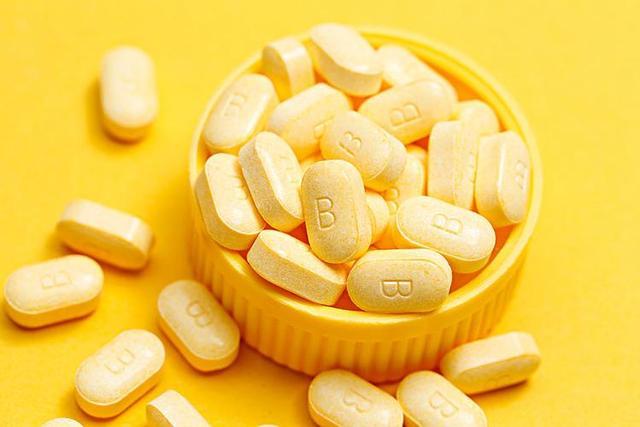
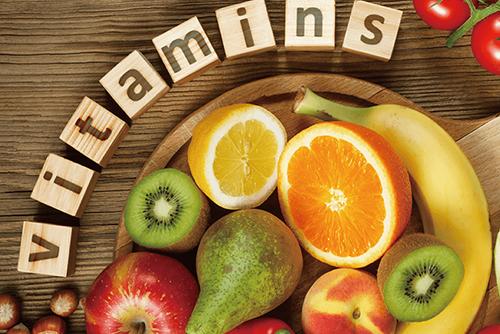
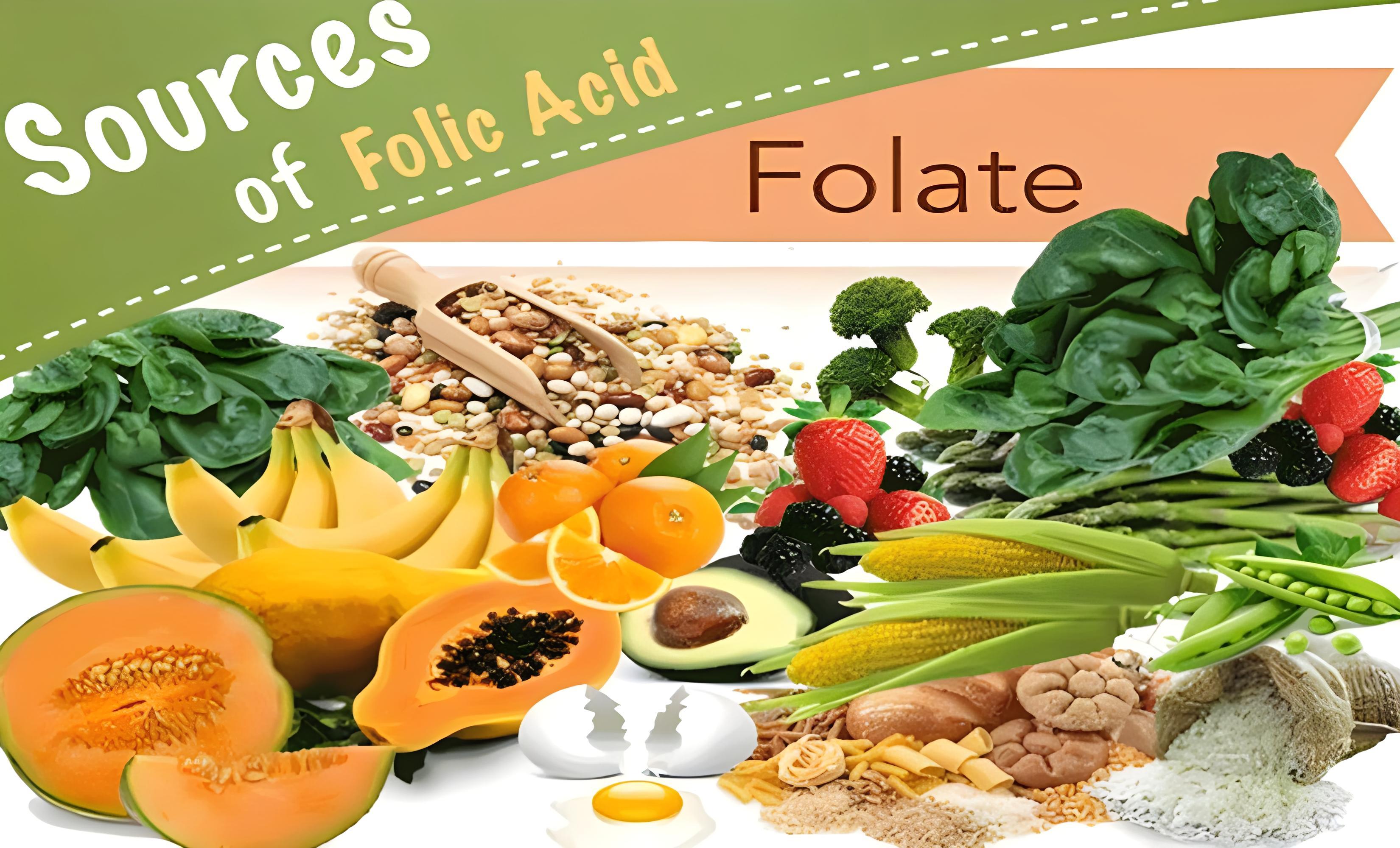
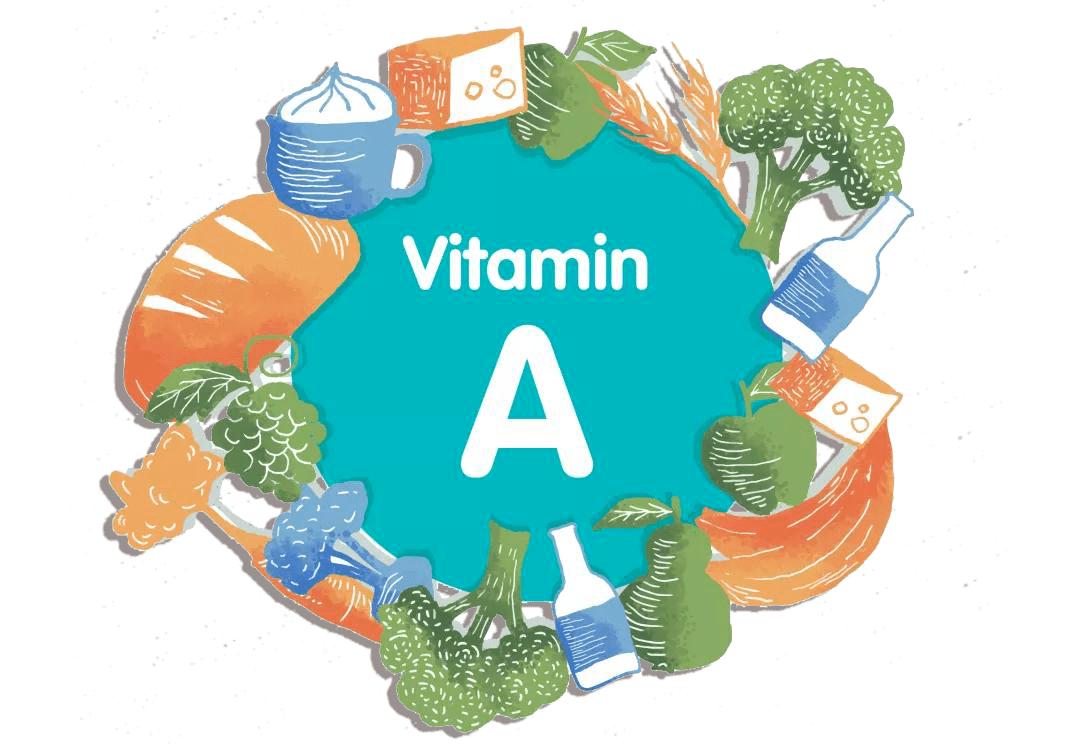
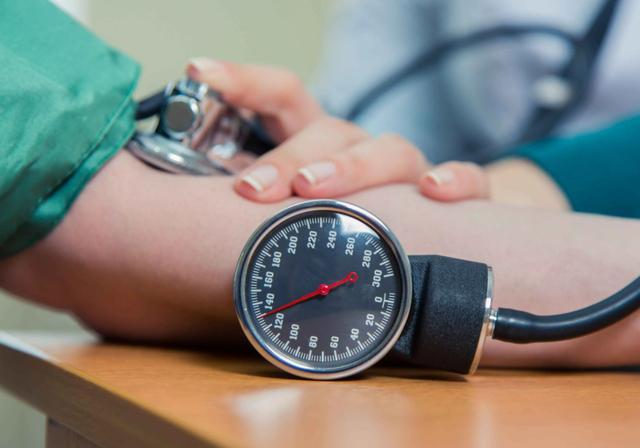

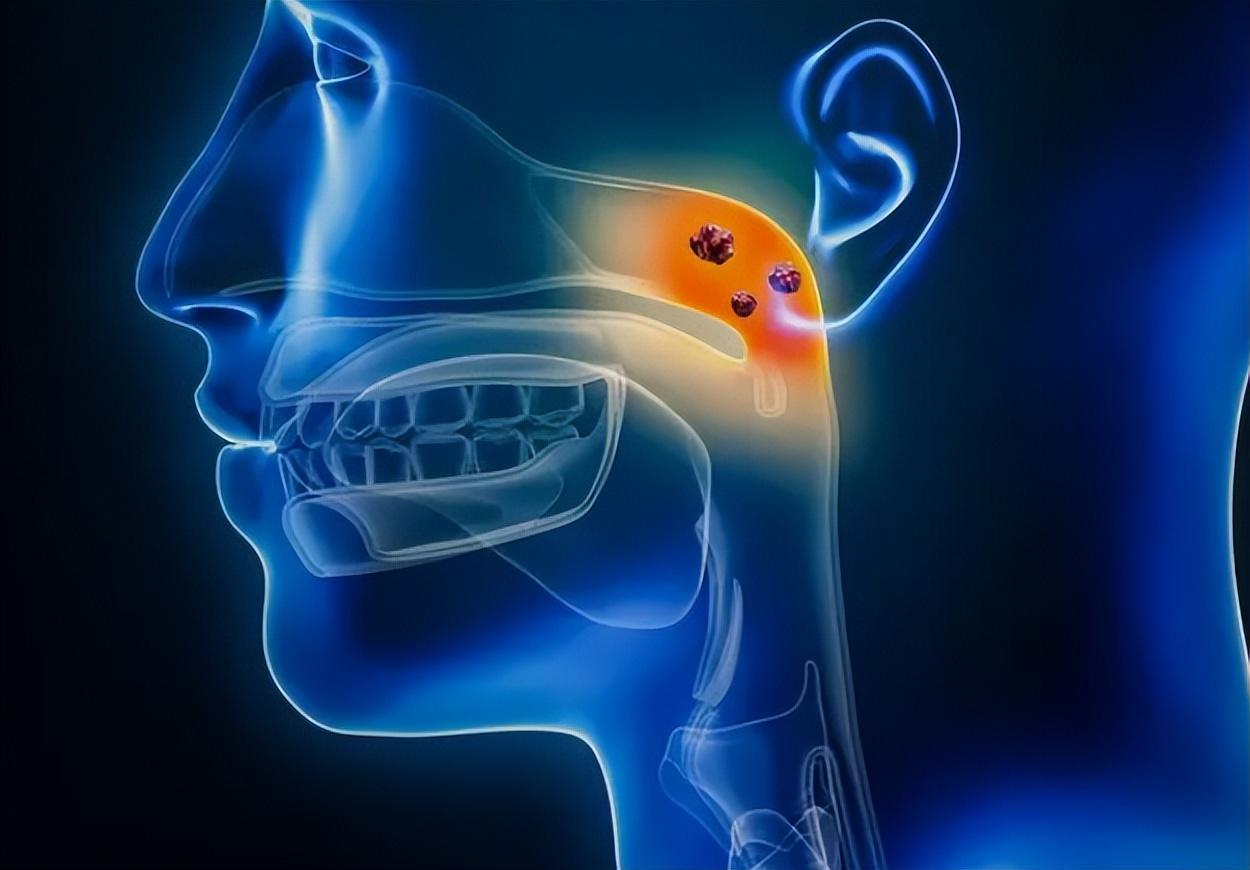

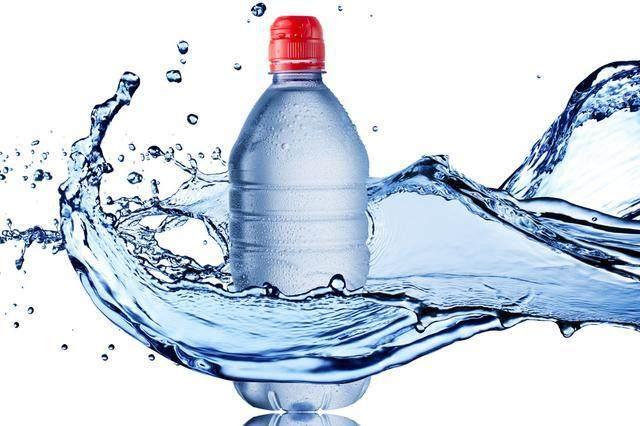


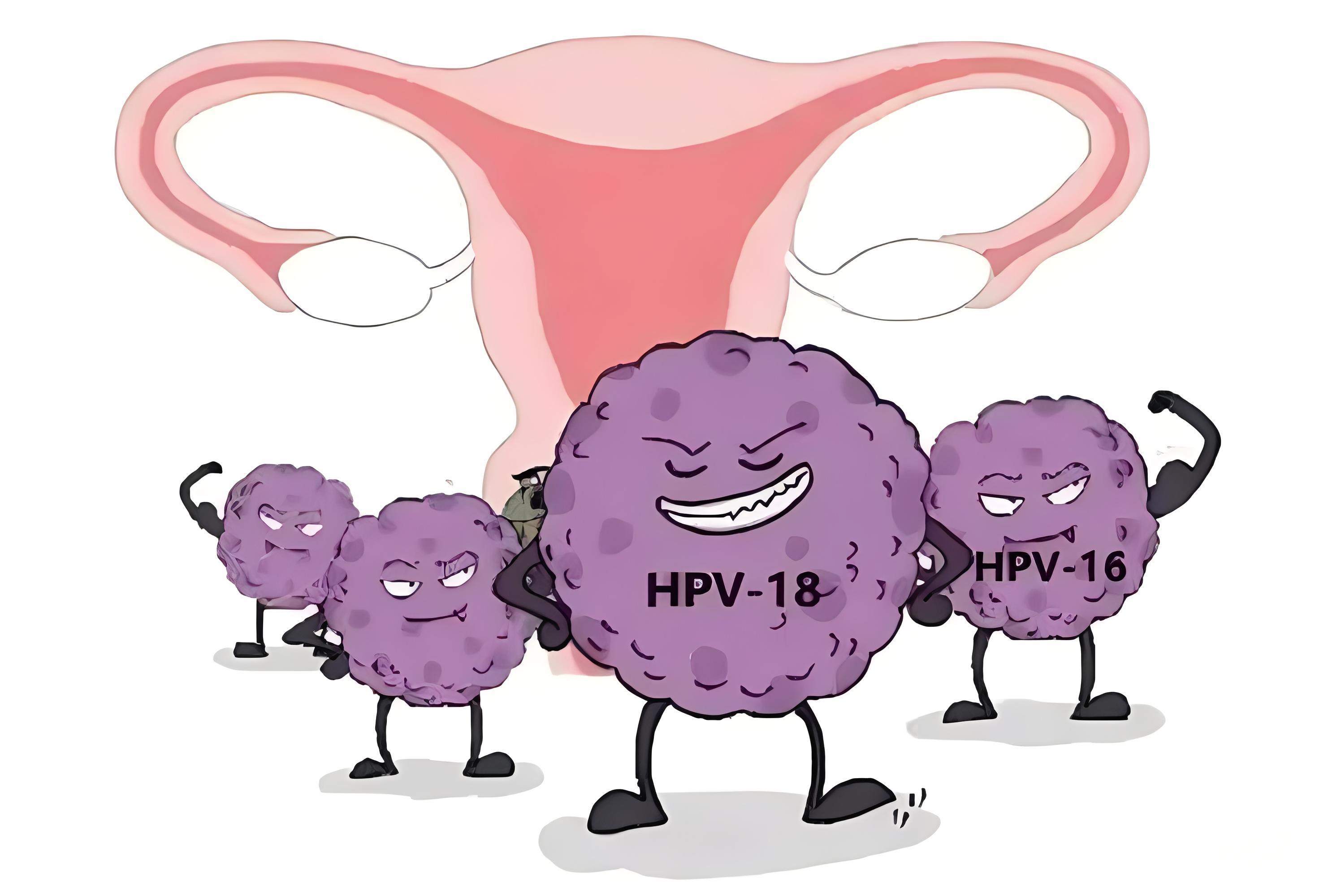

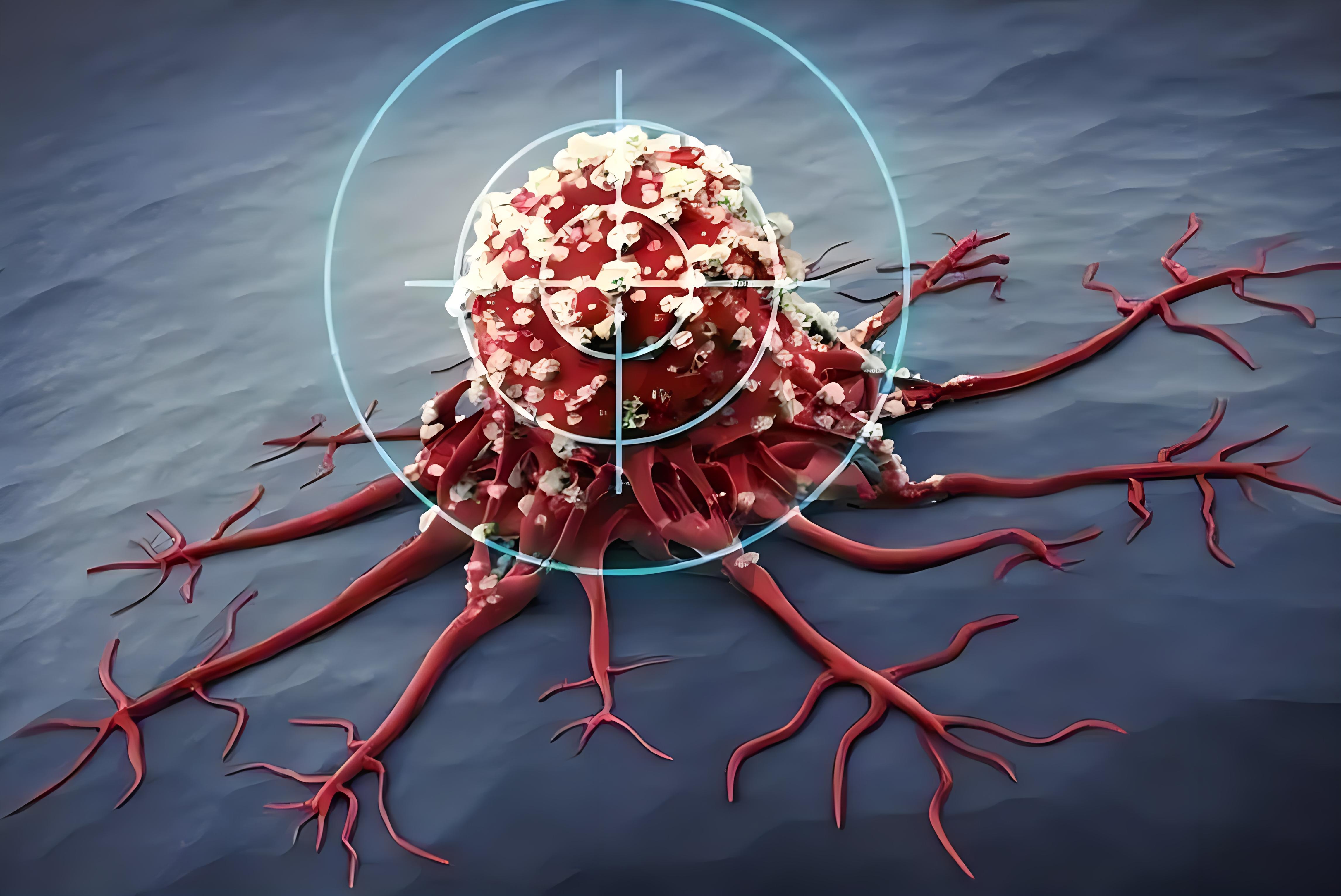






COMMENT